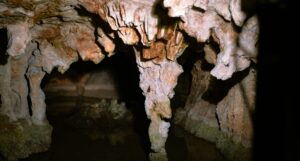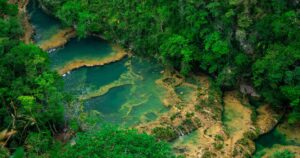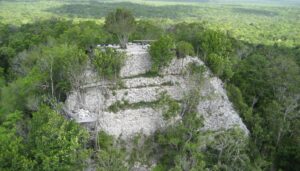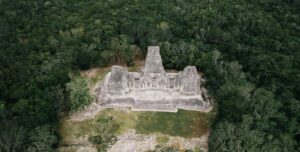
Discovering Volcan Acatenango Guatemala: A Comparison with Central America’s Major Volcanoes
Central America is a region rich in natural wonders, and among its most captivating features are its volcanoes. These towering giants not only shape the landscape but also influence the culture and history of the region. Among the many volcanoes that dot this part of the world, Volcan Acatenango in Guatemala stands out. Let’s delve into what makes Volcan Acatenango special and how it compares to other notable volcanoes in Central America.
Volcan Acatenango, Guatemala
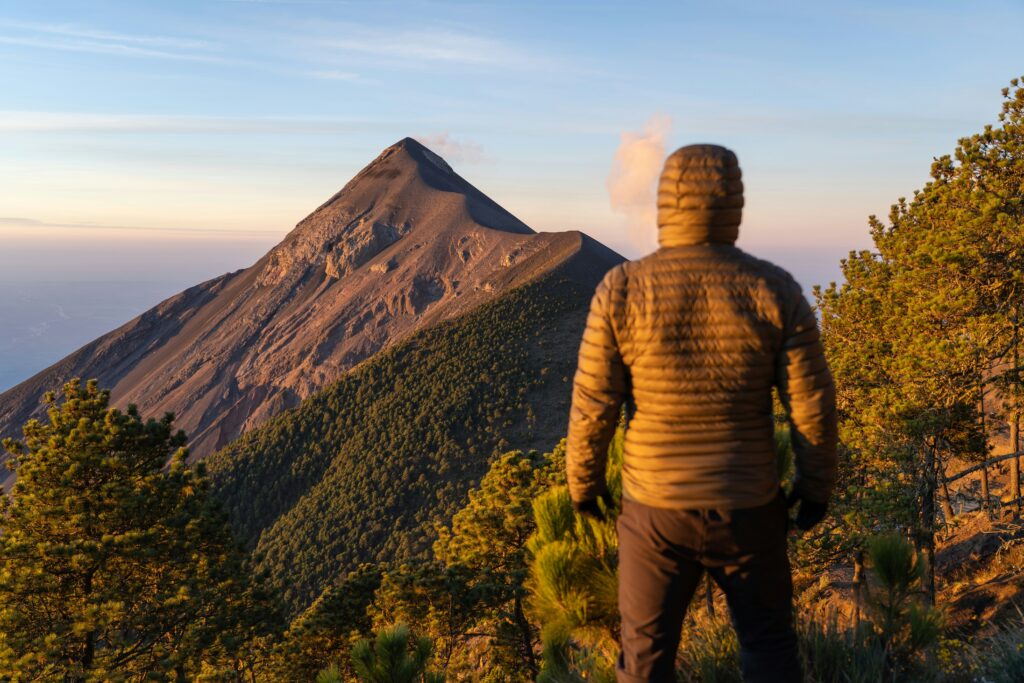
A Closer Look at Volcan Acatenango
Volcan Acatenango is one of the highest and most impressive volcanoes in Guatemala, standing at 3,976 meters (13,045 feet). It forms part of the Sierra Madre mountain range and is known for its breathtaking views and challenging hikes. Acatenango is particularly famous for its twin peaks: Pico Mayor and Yepocapa. The volcano is dormant, but its neighbor, Volcan de Fuego, is one of the most active volcanoes in Central America, providing a dramatic backdrop of eruptions that can often be seen from Acatenango’s summit.
Hiking Volcan Acatenango
Hiking Acatenango is a popular adventure for tourists and locals alike. The trek typically takes two days and includes a steep climb through various ecosystems, from lush forests to barren volcanic slopes. The reward for this challenging hike is the stunning panoramic view from the top, where you can see Fuego’s eruptions, the surrounding valleys, and even as far as the Pacific Ocean on a clear day. This experience makes Volcan Acatenango a must-visit for adventure seekers and nature lovers.
Key Highlights:
- Spectacular Views: The most alluring feature of Acatenango is its panoramic views, especially of the neighboring Volcan de Fuego, which frequently erupts with dramatic displays of lava and ash.
- Diverse Landscapes: Hikers pass through several ecosystems, from farmlands to cloud forests to alpine meadows, making the journey as interesting as the destination.
- Overnight Hikes: Many choose to camp overnight near the summit to catch the sunrise and witness Fuego’s nighttime eruptions.
Comparing Acatenango with Other Central American Volcanoes
Volcan Pacaya, Guatemala
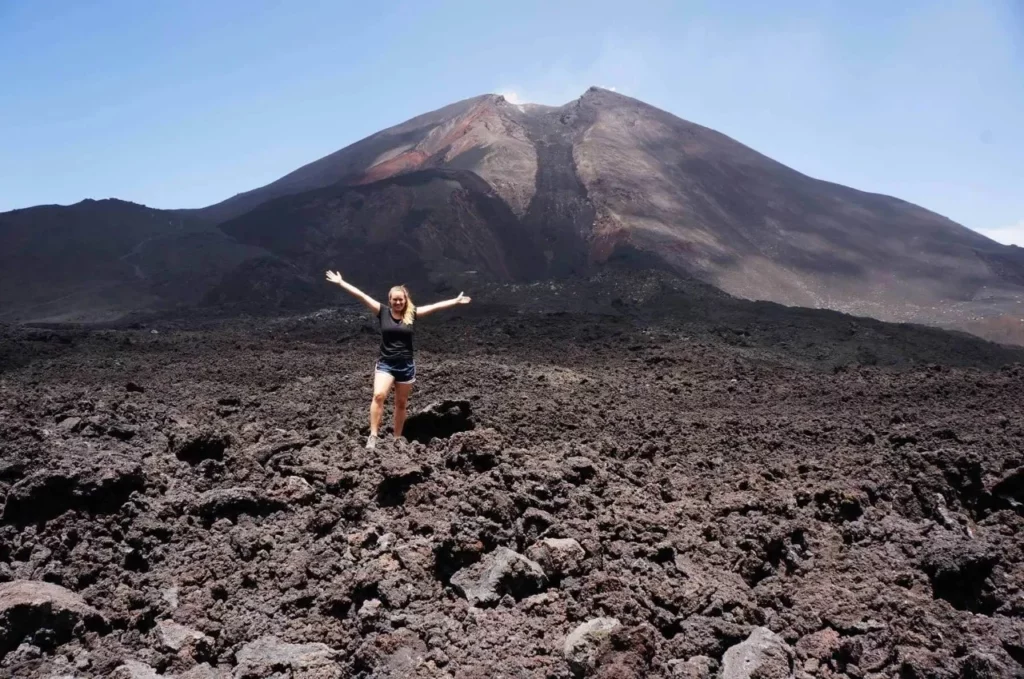
Not far from Volcan Acatenango is Volcan Pacaya, another active volcano in Guatemala. Pacaya is one of the most active volcanoes in the country and has frequent eruptions. The hikes here are shorter and less intense compared to Acatenango, making it a popular choice for those looking for a less demanding adventure. Visitors to Pacaya can often walk close to flowing lava and see fumaroles and hot rock formations up close. The contrasting experiences of hiking Acatenango and Pacaya highlight the diverse volcanic landscape of Guatemala.
Key Highlights:
- Easier Access: Pacaya is closer to Guatemala City and Antigua, making it more accessible for a half-day trip.
- Active Lava Flows: Visitors can often see and sometimes get close to active lava flows, making it an exciting, though slightly risky, adventure.
- Shorter Hike: The trek up Pacaya is shorter and less strenuous, making it suitable for families and less experienced hikers.
Volcan Arenal, Costa Rica
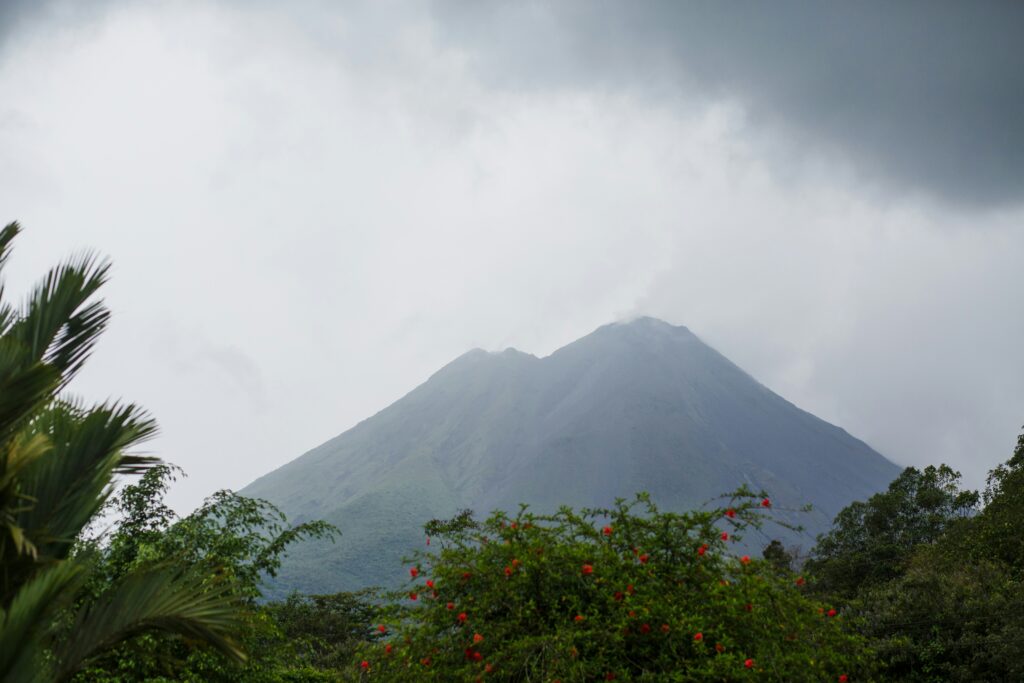
Volcan Arenal, located in northwestern Costa Rica, is one of the most famous and active volcanoes in Central America. Unlike Acatenango, Arenal is known for its nearly perfect conical shape and frequent eruptions that occurred regularly until 2010. Today, Arenal remains a popular tourist destination due to its geothermal hot springs, lush rainforests, and diverse wildlife. The Arenal Volcano National Park offers numerous hiking trails, though they are less strenuous compared to Acatenango’s climb. The surrounding area also features Lake Arenal, a hub for water sports and fishing.
Key Highlights:
- Hot Springs: The geothermal activity in the area has given rise to numerous hot springs, providing a relaxing complement to the rugged hike.
- Wildlife and Nature: The Arenal Volcano National Park is rich in biodiversity, offering opportunities to see exotic animals and plants.
- Adventure Activities: Besides hiking, visitors can enjoy zip-lining, canopy tours, and water sports on Lake Arenal.
Volcan Masaya, Nicaragua
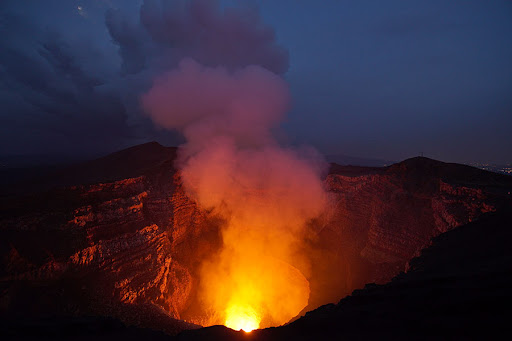
Volcan Masaya, located near Managua, Nicaragua’s capital, is another prominent volcano in the region. It is unique because it is one of the few volcanoes where you can drive up to the crater’s edge. Masaya is highly active, and visitors can often see lava glowing within the crater. The Masaya Volcano National Park includes several craters and offers guided tours, night tours to see the lava more clearly, and a museum detailing the volcano’s history and geology. This accessibility and the dramatic sight of the lava make Masaya an exciting, less physically demanding alternative to Acatenango.
Key Highlights:
- Drive-Up Access: One of the most distinctive features of Masaya is that you can drive up to the crater’s edge, providing easy access for all visitors.
- Active Crater: The Santiago crater is highly active, often filled with glowing lava, and emits a continuous plume of gas.
- Cultural Significance: The volcano has a deep cultural and historical significance, once being a site for indigenous rituals.
Volcan Concepción, Nicaragua
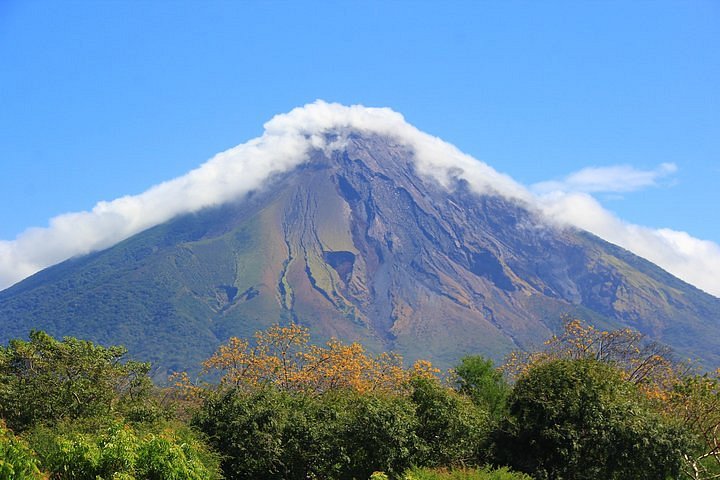
Volcan Concepción, located on Ometepe Island in Lake Nicaragua, is another remarkable volcano in Central America. Concepción is one of the tallest and most symmetrical volcanoes in the region, standing at 1,610 meters (5,282 feet). The hike up Concepción is challenging due to its steep slopes and the hot climate, but it offers spectacular views of the island and the lake. Like Acatenango, the trek is demanding and appeals to more experienced hikers seeking a tough but rewarding climb.
Key Highlights:
- Stunning Island Location: The setting on Ometepe Island provides a unique backdrop, combining volcanic beauty with lake views.
- Challenging Hike: The climb is demanding, with steep inclines and rough terrain, attracting serious hikers and adventurers.
- Rich Ecosystem: The island itself is a biosphere reserve, home to diverse flora and fauna.
Volcan Izalco, El Salvador
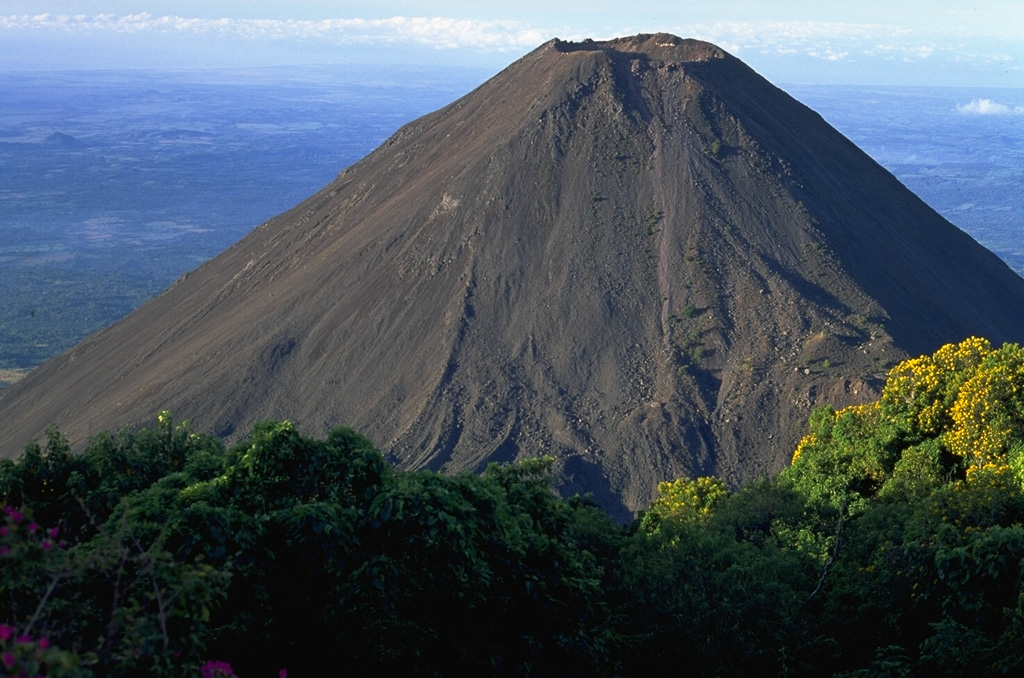
Volcan Izalco, known as the “Lighthouse of the Pacific” for its historical eruptions visible to ships at sea, is located in El Salvador. Izalco is relatively young, having formed in the 18th century, and is characterized by its continuous activity until the mid-20th century. The hike to the summit is relatively short but steep, providing stunning views of the surrounding landscape. The nearby Cerro Verde National Park offers additional trails and the chance to explore other volcanoes in the region.
Key Highlights:
- Distinctive Shape: Izalco has a classic cone shape, often depicted in postcards and travel brochures.
- Historical Significance: The volcano’s near-constant eruptions from its first eruption in 1770 until 1958 made it a natural lighthouse.
- Hiking Experience: The hike to Izalco involves a descent and then an ascent from the nearby Cerro Verde, adding to the adventure.
Comparing the Experiences
Central America’s volcanoes offer a wide range of experiences, from challenging hikes and breathtaking views to close encounters with active craters and flowing lava. Each volcano has its own unique charm and set of attractions:
- Volcan Acatenango: Known for its strenuous hike and views of the erupting Volcan de Fuego.
- Volcan Arenal: Famous for its perfect cone shape, geothermal hot springs, and lush biodiversity.
- Volcan Masaya: Easily accessible, with the dramatic sight of glowing lava.
- Volcan Pacaya: Active with flowing lava, offering a less demanding hike.
- Volcan Concepción: Challenging climb with spectacular island and lake views.
- Volcan Izalco: Known for its historical activity and steep but short hike.
Final Thoughts
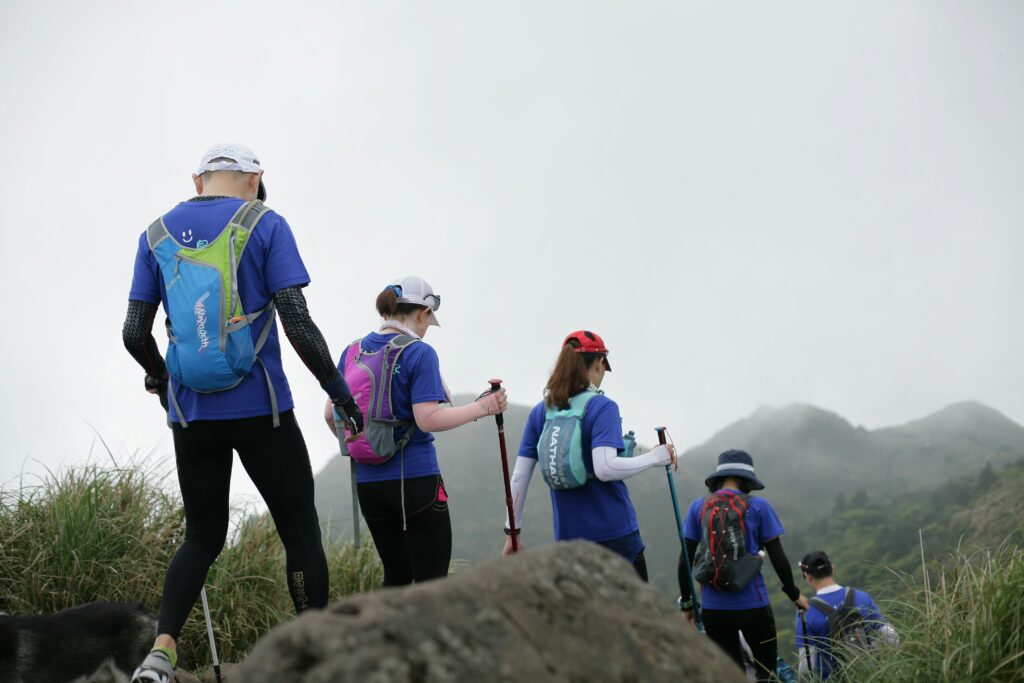


 Previous Post
Previous Post Next Post
Next Post